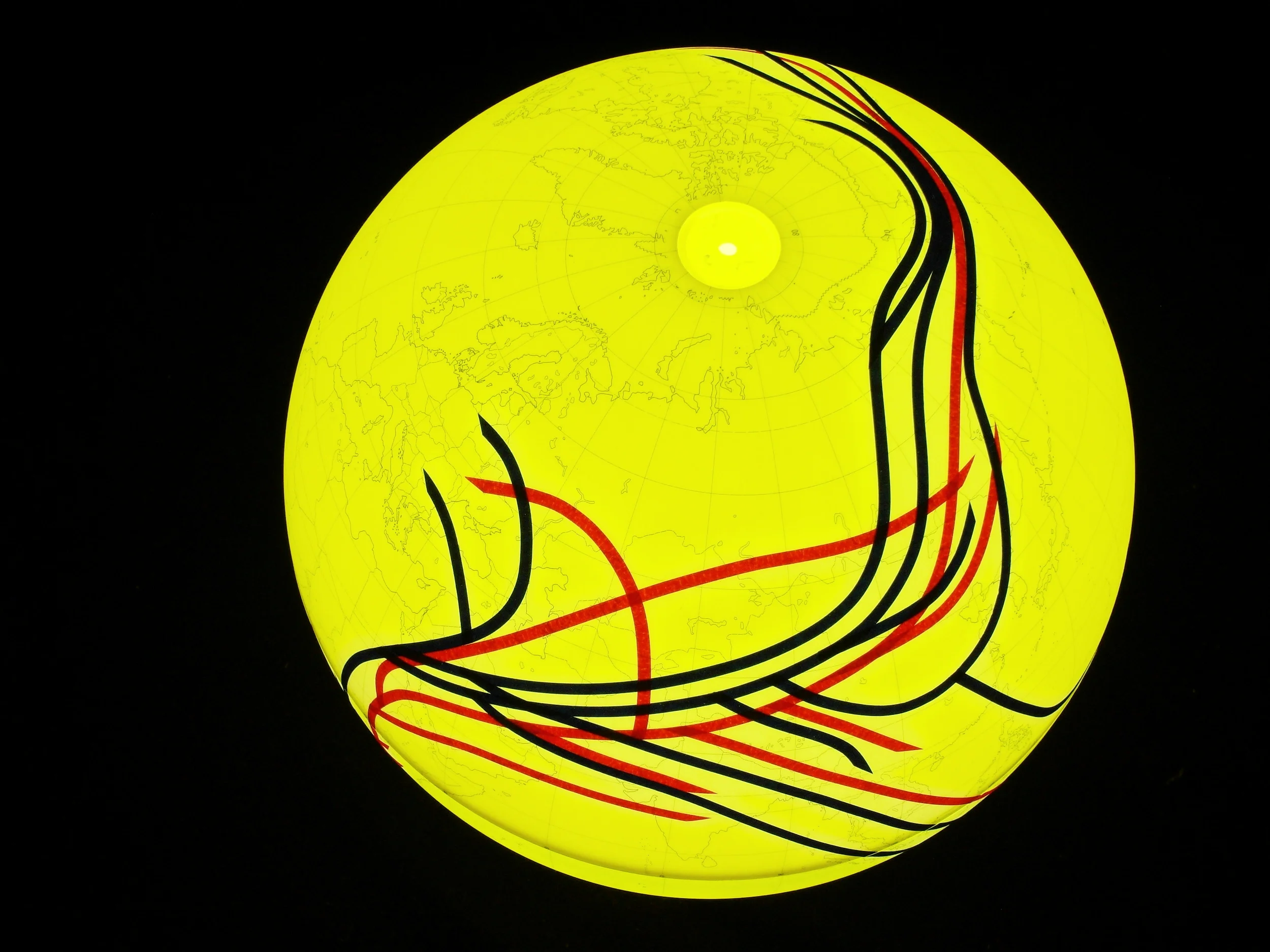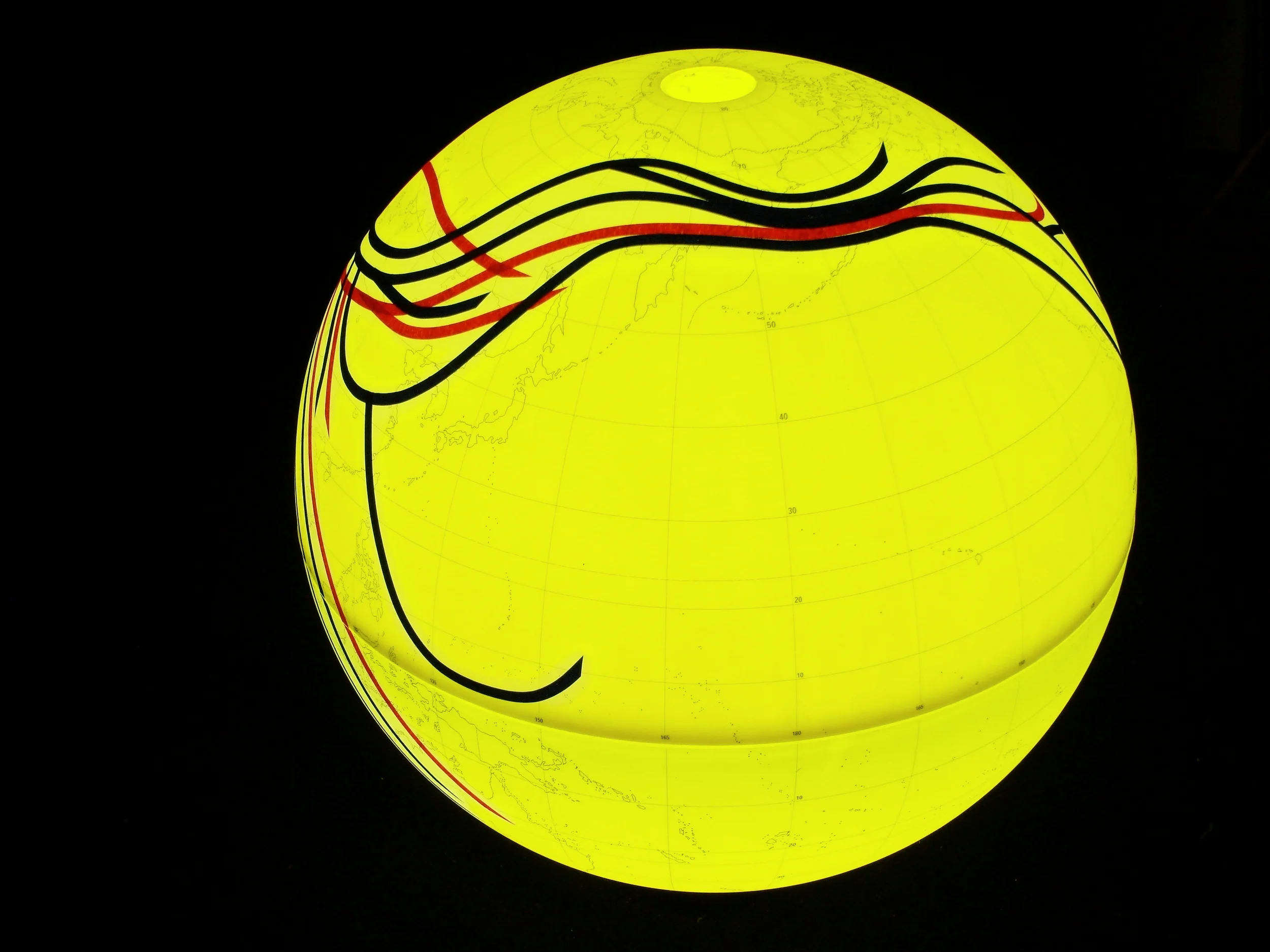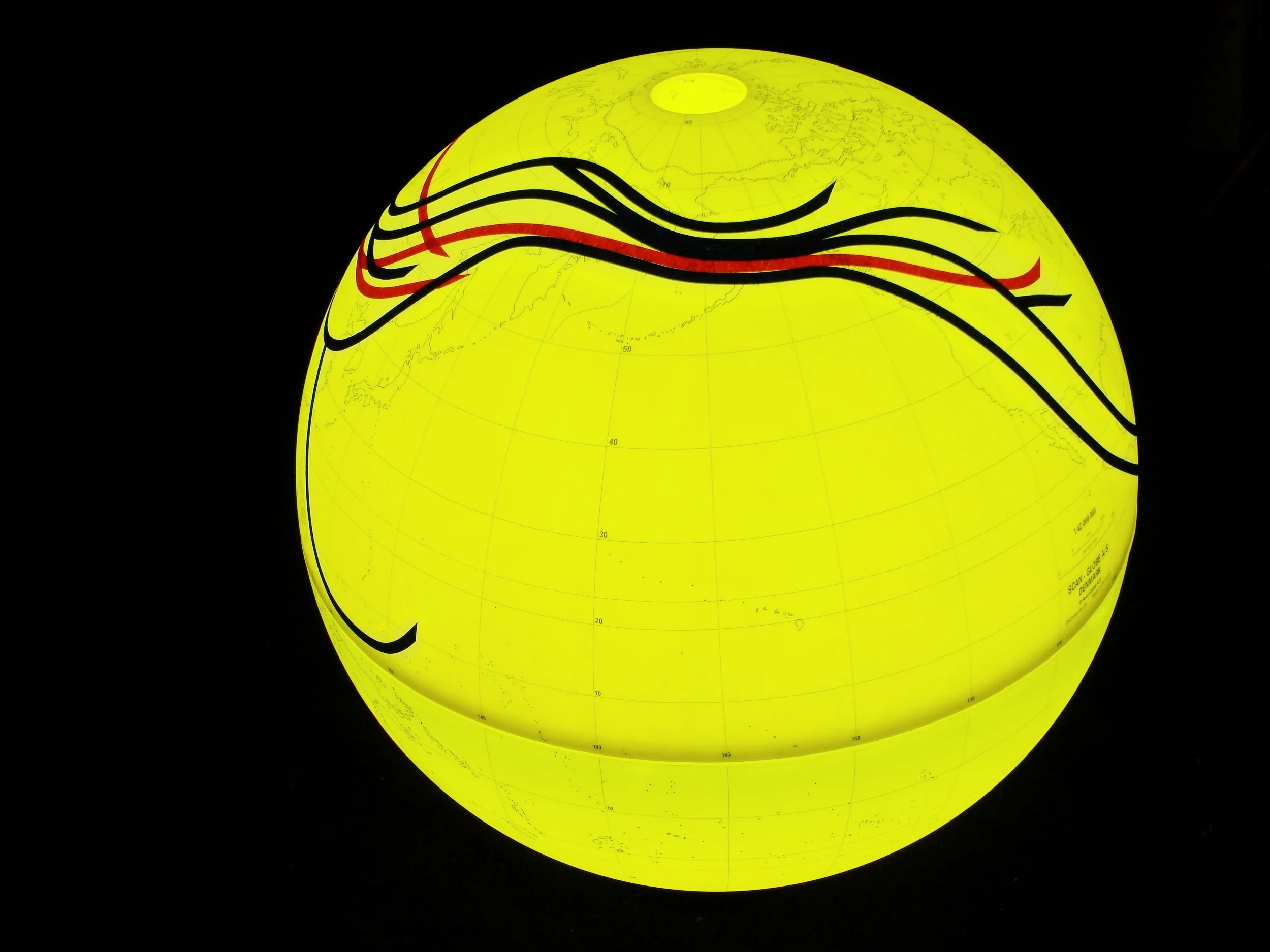[231-2] DNA Traces, 2010
Population geneticists have traced the human family tree to an ancestral homo sapiens community of only 2,000 breeding individuals living in Africa. They began splitting up approximately 144,000 years ago and first migrating to Asia and Europe before the Americas. Analyses of mitochondrial DNA passed from mother to child have identified a single female (a mitochondrial “Eve”) at the root of the DNA family tree.
Genetische Spuren,
Die Ahnen aller lebender Menschen lassen sich aufgrund genetischer Marker auf eine kleine Gruppe von ca. 2000 Menschen zurückführen, die vor etwa 144.000 Jahren in Afrika gelebt haben. Populationsgenetiker konnten anhand mitochondrialer DNS (mtDNS) eine 'mitochondriale Eva' als Urmutter der Menschheit identifizieren, weil dieser Teil des Erbgutes nur mütterlicherseits vererbt wird.
[231] DNA Traces, 2006
Population geneticists have traced the human family tree to an ancestral homo sapiens community of only 2000 breeding individuals living in Africa, which began splitting up approximately 144,000 years ago and migrating to Asia and Europe before the Americas. Analyses of mitochondrial DNA passed from mother to child have identified only one female (a mitochondrial “Eve”) at the root of the mDNA family tree represented by orange lines; other lineages fell extinct. Y chromosome sequences passed from father to son are represented by green lines and go back to a single chromosomal “Adam.” It is believed that 10 principle branches in the Y chromosome tree may correspond to the world’s major language groups.







